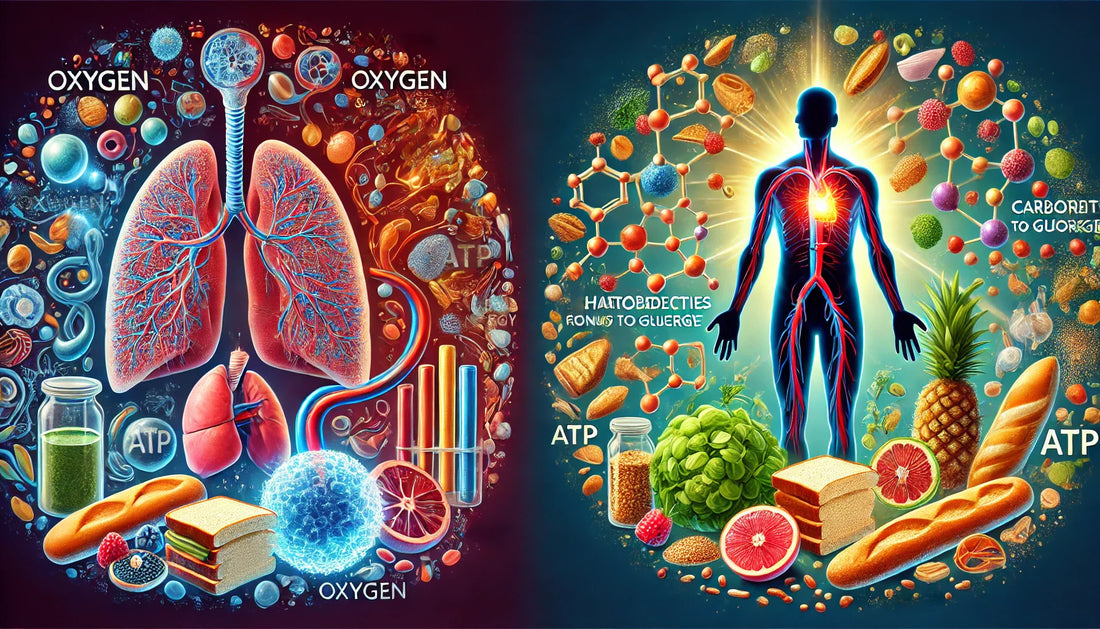The most vital element for the body is oxygen. Oxygen is essential for cellular respiration, which is the process by which cells generate energy. It plays a critical role in the production of adenosine triphosphate (ATP), the primary energy currency of cells. Without oxygen, cells cannot efficiently produce ATP, which is necessary for various physiological processes, including muscle contraction, nerve function, metabolism, and overall cellular activity.
Oxygen is obtained through the respiratory system by breathing air into the lungs. From the lungs, oxygen is transferred into the bloodstream and distributed to all cells in the body. Oxygen is used in a process called aerobic respiration, where it combines with glucose and other nutrients to produce ATP. This process occurs in the mitochondria, often referred to as the powerhouse of the cell.
The human body can only survive for a short time without oxygen. Without a constant supply of oxygen, cells become deprived of energy and cannot function properly. Lack of oxygen can lead to serious health consequences and, in severe cases, can result in organ failure and death.
Therefore, oxygen is considered the most vital element for the body as it is necessary for sustaining life and maintaining the proper functioning of cells and tissues.
The food group that converts most easily to glucose is carbohydrates. Carbohydrates are broken down during digestion into glucose, which is the primary source of energy for the body. Carbohydrates are classified into two main types: simple carbohydrates and complex carbohydrates.
Simple carbohydrates, also known as sugars, are composed of one or two sugar molecules. They are found in foods such as fruits, table sugar, honey, and sweetened beverages. Simple carbohydrates are quickly digested and rapidly converted into glucose, leading to a rapid increase in blood sugar levels.
Complex carbohydrates, on the other hand, are made up of multiple sugar molecules linked together in complex chains. They are found in foods such as grains, legumes, starchy vegetables (like potatoes), and whole grain products. Complex carbohydrates take longer to digest and break down into glucose, resulting in a slower and more sustained release of glucose into the bloodstream.
Both simple and complex carbohydrates ultimately convert to glucose to provide energy for the body. However, complex carbohydrates generally provide a more gradual and sustained release of glucose compared to simple carbohydrates.
It's important to note that while carbohydrates are a primary source of glucose, other macronutrients like proteins and fats can also be converted into glucose through certain metabolic pathways in the body. However, the conversion of proteins and fats to glucose occurs to a much lesser extent and is typically a secondary process used by the body when glucose availability is limited.
